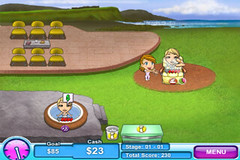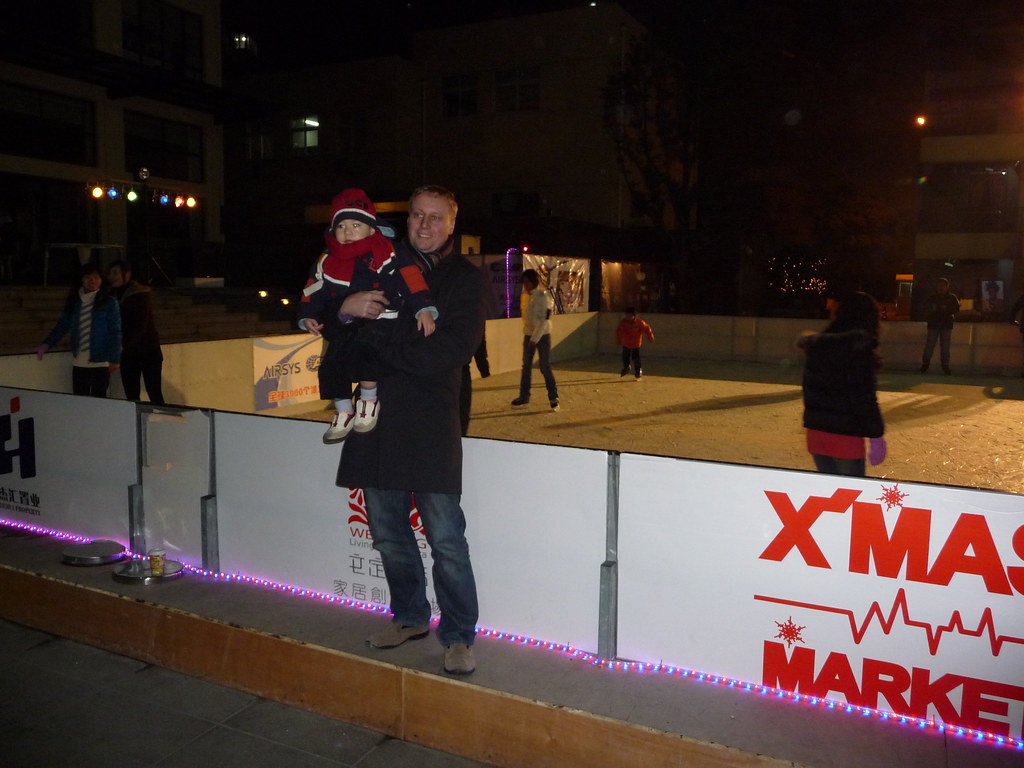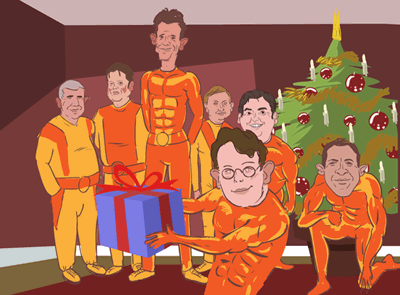Last month I finished the Shanghai Half Marathon with an almost recovered sprained right ankle. During the race I had probably tried to protect my right foot too much, because the day after the race part of the sole of my left foot was suddenly hurting a lot. It got so bad that I could hardly walk for a few days. I had no idea what it was exactly, and decided to give it some rest. That did not work fast enough, so I started to look online for what my injury could be. It turned out that it might be something called plantar fasciitis, an inflammation under the foot. Nothing serious, but a nuisance because it stops me from running.
I also found out something else: my foot only hurts when I wear shoes. If I walk barefoot or wear slippers I do not feel the pain anymore. That’s kind of strange I thought at first, but later I realized that the soles of my shoes are likely pushing some of the nerves. Certain shoes turned out to be more painful than others, and in one pair of shoes with only a thin sole (a kind of summer shoe) I hardly felt anything. That led me to ask the question whether the injury could have been caused by my running shoes? I remembered that I read an article in Runners World a couple of months ago about the benefits of running barefoot and that studies showed that it may actually reduce injuries. I looked up the article online and found one (not sure if it was the one that I had read actually, because this one is from 2004 already) saying that soles and padding in running shoes may actually deceive your body: you might not feel certain things until it’s too late.
Because walking barefoot did not hurt I decided to jump on the treadmill and give running without shoes a try. If it would hurt I would stop right away. And guess what? No pain at all! I had not run for 3 weeks and suddenly I was back on the treadmill without any problems. I could not believe it. Last night I ran 5 kilometers without any trouble and this morning I did another 3, both times without shoes. No muscle ache (yet), my feet feel fine and best of all no injury. When I walked to brunch this afternoon the pain was back while wearing my normal shoes, but while running I felt great. I am very happy with this and will keep on running barefoot on the treadmill for a couple of weeks until (hopefully) my injury will be a bit better.
I did some more research on the Internet and quickly learned that quite some people are throwing out their running shoes and start to run barefoot (some just every now and then, others always). It may seem strange, but if you think about it, running with shoes is actually strange. People ran without without socks, shoes, soles, midsoles and inserts for thousands of years. Only during the past 40 years running shoes started to appear on the shelves and they may be deceiving runners. They may actually cause injuries instead of preventing them. At least for me that seems to be the case right now. Running without shoes certainly feels more natural, you feel exactly how you land and you automatically change your running style.
There is not much scientific research yet, but one groundbreaking paper by Michael Warburton (2001) is often cited. He summarizes his research as follows:
Running barefoot is associated with a substantially lower prevalence of acute injuries of the ankle and chronic injuries of the lower leg in developing countries, but well-designed studies of the effects of barefoot and shod running on injury are lacking. Laboratory studies show that the energy cost of running is reduced by about 4% when the feet are not shod. In spite of these apparent benefits, barefoot running is rare in competition, and there are no published controlled trials of the effects of running barefoot on simulated or real competitive performance.
Shoes provide support, so your foot does not strengthen and support itself. Furthermore, shoes add mass, which slows down the runner. It’s not just the weight of the shoe, which is not much compared to the total athlete’s weight, but the fact that the feet are lifted up and down all the time, lifting exactly this particular extra weight. If the energy cost of running is reduced by 4% and top runners would run without shoes, many records could theoretically be broken (a marathon within 2 hours should be possible). An interesting thought.
The downside of running without shoes is of course that you miss the protection that they offer. Running on stones can be very uncomfortable without shoes, let alone running on hot asphalt or in icy conditions. But luckily there are solutions for that as well. A couple of companies have started to develop shoes that come close to the barefoot running experience. They offer protection but no real support, and you are supposed to run exactly like you would when you run barefoot. The one that I like most are the Fivefinger shoes. They may look very strange, but many people who tried them love them.
Will barefoot running become a trend? I think it’s a small chance because most people don’t get injuries so will not see a reason to switch. People who see you running will not understand why you run barefoot and will look at you strangely (just like they did 30-40 years ago when the first joggers appeared on the streets). Also the big running shoe companies will make sure that they don’t lose a profitable line of business. Nike, the company that invented the running shoe, already developed a line of Nike Free shoes that come closer to barefoot running, but they will make sure that not everybody will switch. But there is a small possibility that companies like Fivefingers can start a niche trend that will slowly grow into a bigger trend. The fact that I have an injury forces me to try running in shoes with less support, but if running in them really feels as good as running barefoot I might keep wearing them regularly also after my injury will be gone.
Interested in this subject? Also read the Wikipedia entry about barefoot running and this article in Wired titled ‘To run better, start by ditching your Nikes’.














